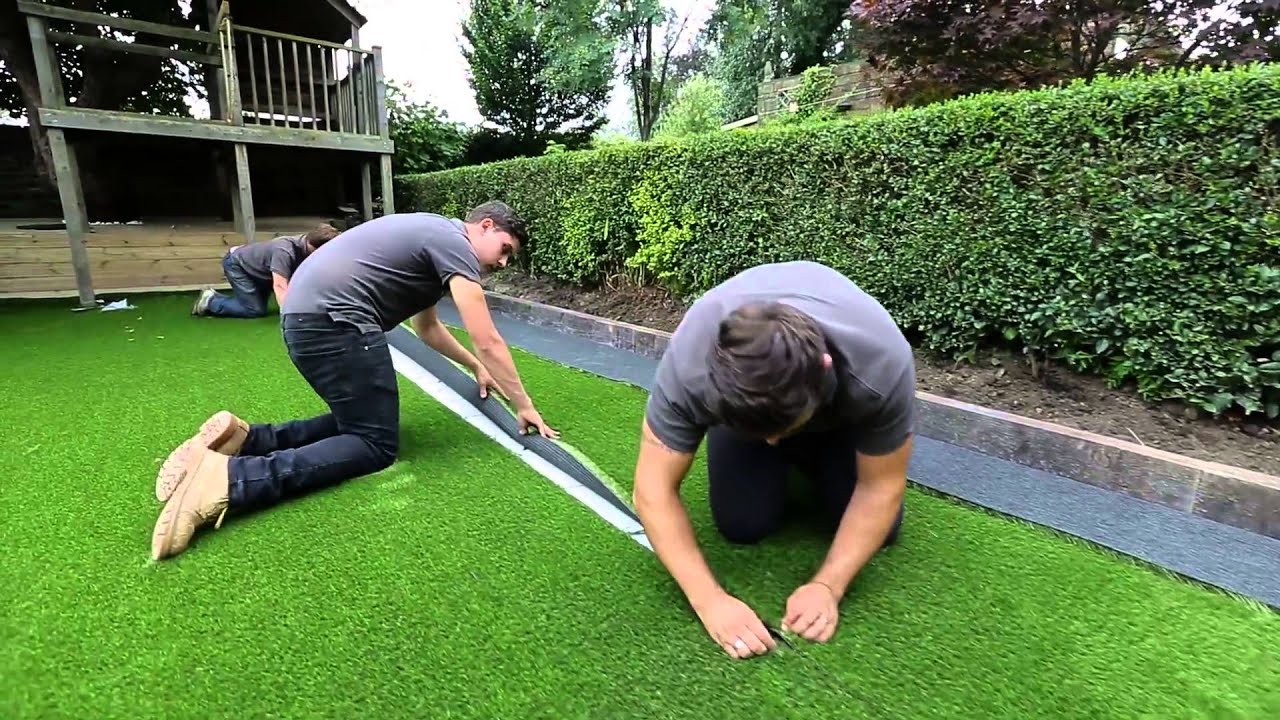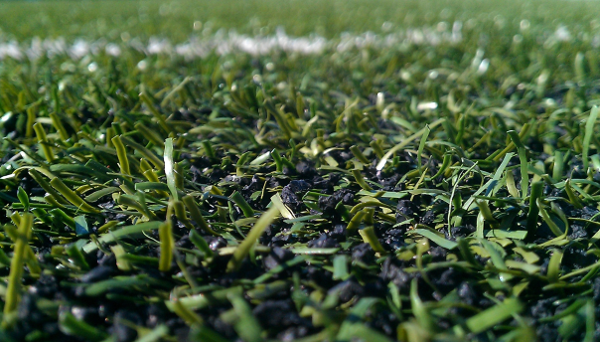Top-Grade Arizona Turf Options for a Stunning and Green Landscape
Look Into the Environmental Perks of Opting for Artificial Grass Solutions
The adoption of artificial lawn options presents an engaging chance to deal with pushing environmental challenges. By dramatically minimizing water usage and decreasing the application of dangerous chemicals, these options not just promote lasting landscaping but additionally safeguard local environments. Furthermore, the reduced carbon footprint related to reduced upkeep activities adds to a more lasting approach to land administration. Nonetheless, the effects of these advantages expand past plain conservation initiatives, elevating inquiries about their long-lasting influence on environment preservation and general ecological equilibrium. Checking out these measurements discloses a complex interplay worth thinking about.
Water Preservation Perks
Among the most substantial advantages of synthetic grass is its capacity to save water. Typical turf lawns need significant watering, specifically in locations prone to dry spell or water constraints. In comparison, synthetic grass does not require watering, considerably minimizing the overall demand for water resources. This feature is especially useful in arid areas where water scarcity is a pressing worry.
By getting rid of the requirement for normal watering, synthetic grass adds to sustainable landscape techniques and helps reduce the environmental influence of excessive water consumption. The preservation of water expands to the reduction of overflow, which can lead to soil erosion and waterway pollution.
In addition, the setup of synthetic grass permits districts and house owners to allot water resources more successfully, concentrating on essential uses such as alcohol consumption water and farming. The change in the direction of synthetic grass not only promotes liable water use yet likewise lines up with broader environmental objectives aimed at maintaining natural deposits.
As neighborhoods progressively focus on sustainability, the water preservation advantages of synthetic grass provide a compelling instance for its fostering in household and industrial landscaping tasks.
Minimized Chemical Usage
The transition to man-made turf dramatically decreases the reliance on chemical treatments frequently utilized in natural turf upkeep. Standard grass management typically entails the application of herbicides, plant foods, and chemicals to promote development and control parasites. These chemicals can present risks to human health, local wildlife, and the environment, adding to soil and water contamination.
In comparison, man-made turf gets rid of the need for these hazardous substances. By minimizing the release of synthetic substances into the community, artificial turf advertises much healthier dirt and water systems.
In addition, the absence of chemical runoff related to synthetic grass installations aids shield local rivers from contamination, supporting water life and maintaining biodiversity. Artificial turf companies phoenix. As neighborhoods significantly focus on lasting practices, opting for man-made lawn offers a practical option that straightens with ecological conservation goals. With this shift, residential or commercial property owners can take pleasure in lavish environment-friendly spaces without compromising environmental health, paving the method for a much more lasting future
Reduced Carbon Impact

In addition, the installation of synthetic grass can lead to significant water conservation. Natural lawns need significant quantities of water for watering, which not just includes in the carbon impact related to water removal and therapy yet also strains local water resources. On the other hand, synthetic grass needs very little maintenance, requiring no watering, thus substantially minimizing water use and its connected energy expenses.
Additionally, the longevity of artificial turf contributes to its lower carbon influence. With a lifespan of approximately 15 years or more, the need for regular substitutes is reduced, leading to less waste and lower power intake in production and taking care of typical lawn options. In general, synthetic turf presents a lasting choice for environmentally conscious landscape design.
Habitat Preservation
Environment conservation is a vital consideration in the discussion over landscape design choices, particularly when contrasting synthetic turf to all-natural turf. All-natural lawn lawns usually need comprehensive upkeep, including making use of herbicides, pesticides, and plant foods, which can adversely influence local ecological communities. These chemicals can leach right into the soil and rivers, harming native vegetation and animals and disrupting regional habitats.
In comparison, synthetic grass presents a chance to lower the environmental impact of landscaping. By going with artificial turf, house owners can minimize the interruption of all-natural environments connected with typical yard treatment techniques. Fabricated lawn eliminates the need for harmful chemicals, therefore shielding nearby wild animals and keeping the integrity of surrounding ecological communities. Furthermore, the setup of synthetic grass can result in the conversion of previous lawn locations right into more biodiverse landscapes, such as pollinator gardens or native plant areas, which can support regional wild animals.
Eventually, the transition to synthetic grass not just conserves water and reduces maintenance efforts but also cultivates a much more harmonious relationship between human tasks and the natural surroundings, advertising habitat conservation in the procedure.
Long-Term Sustainability
Lasting sustainability is an essential consider reviewing the benefits of synthetic grass over traditional turf yards. Among the most substantial advantages of synthetic grass is its resilience; it can last approximately 15-20 years with marginal upkeep, whereas all-natural turf needs frequent reseeding and substitute. This longevity lowers the demand for consistent sources, such as water, plant foods, and pesticides, which are vital for preserving a find here healthy grass lawn.
In addition, synthetic lawn adds to a reduction in carbon exhausts connected with grass treatment devices. Traditional yards commonly need gas-powered lawn mowers, leaners, and blowers, all of which add to air contamination. Phoenix turf my company companies. In comparison, synthetic grass removes the requirement for such tools, promoting a cleaner atmosphere
Moreover, the manufacturing of fabricated grass increasingly utilizes recycled products, boosting its sustainability account. As manufacturers take on environmentally friendly methods, the ecological footprint of synthetic grass proceeds to decrease.

Verdict
The fostering of synthetic grass remedies provides considerable environmental benefits, including significant water preservation, minimized dependence on hazardous chemicals, and a reduced carbon footprint. Moreover, synthetic grass help in preserving all-natural habitats by reducing land disturbance and advertising long-lasting sustainability with the usage of long lasting products. Jointly, these variables underscore the potential of synthetic grass to add positively to ecological wellness and offer a viable choice to typical landscaping methods in an increasingly resource-conscious globe.
In contrast, fabricated grass does not require watering, dramatically reducing the overall demand for water sources. By reducing the release of synthetic compounds into the environment, man-made grass promotes much healthier dirt and water systems.
Furthermore, the setup of look at here synthetic grass can result in substantial water preservation. In comparison, fabricated grass requires minimal upkeep, requiring no watering, thereby significantly reducing water usage and its connected power expenses.
